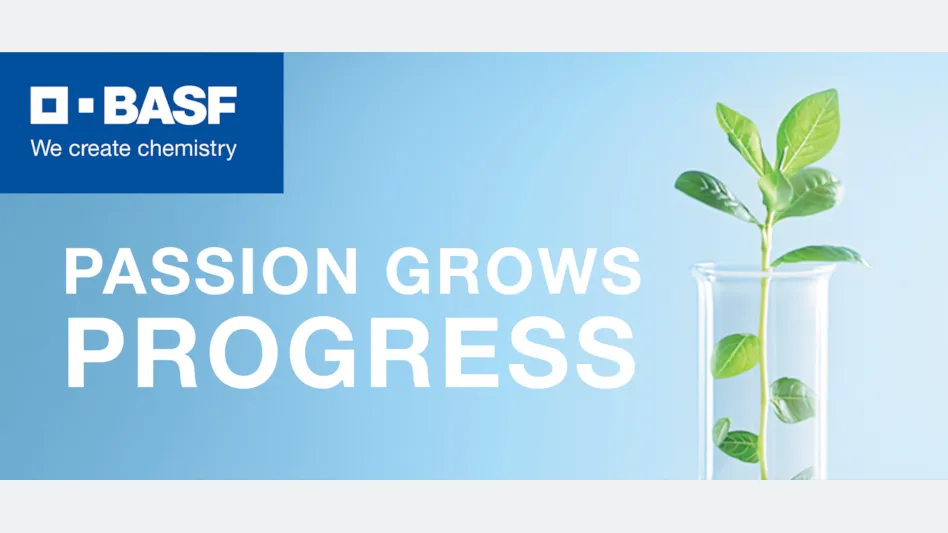
It is hard to believe it is 2024!
But, as they say, “time flies when you are having fun!” Last fall, when we were brainstorming ideas for the 2024 Hydroponic Production Primer series, a suggestion was made that we focus on one crop for the year … but which one? While all the crops we grow hydroponically in greenhouses and controlled environments deserve ink on the pages of this magazine, a choice had to be made. We decided that 2024 would be the “Year of the Herbs.”
Why culinary herbs? Well, the flippant answer would be a rhetorical question: “Why not herbs?” When we look across all the different crops we grow, there are numerous opportunities and challenges for culinary herb producers. Let’s start with the bottom line, since that is why we are in business. Herbs are one of the most popular crops grown hydroponically — and their popularity continues to increase each year. Consumers are eager to purchase culinary herbs to elevate their food (and drink), and demand is increasing commensurately. Whether fresh-cut or living, culinary herbs have aspects of production that make them excellent candidates. Their short crop time allows for relatively quick turns of bench space (as well as a short period to recover when problems arise).
We hear about producers transitioning from flowers to food with the expanding controlled-environment agriculture market. Because culinary herbs are relatively short-statured crops compared to fruiting vine species, older greenhouse facilities with lower gutter heights can be converted easily for herb production and they are also well-suited for vertical production techniques that involve multiple horizontal layers.

While there is no denying the opportunities culinary herbs provide producers, there are also challenges to address. First, culinary herbs result in a much greater amount of diversity in the different species and cultivars being grown when compared to other hydroponic crops. Fruiting vine crop producers are typically producing a single species, such as tomato, cucumber, pepper or eggplant. While there may be several cultivars of these crops grown simultaneously, it is still a monoculture or single species. Similarly, even when we compare culinary herbs to lettuce and other leafy green producers, the number of different herb species grown by producers results in a diverse polyculture unlike any other crop. Culinary herb producers do not focus on a single species — no matter how popular basil may be!
And across the different species grown, there is not a close relationship between many of the species grown. Sure, basil, sage and mint are all in the Lamiaceae (or mint) family, but most of the similarities between them end there. Selecting production systems, environmental conditions and cultural practices is more challenging for herbs since we are no longer optimizing for a single species, but several. When we compare culinary herbs to other popular hydroponic crops, there is also a paucity of published production information for herbs as opposed to the volumes available for crops like tomato, cucumber and lettuce.
This year’s Hydroponic Production Primer articles will focus on culinary herbs for all eight issues of the year. The series is going to include articles spanning culinary herb production in controlled environments, from cultivar selection through to post-harvest. We hope this series will bring some of the best and newest information on culinary herb production in controlled environments to you.

Explore the February 2024 Issue
Check out more from this issue and find you next story to read.
Latest from Produce Grower
- DENSO and Certhon introduce Artemy, a fully automated cherry truss tomato harvesting robot
- Landmark Plastic celebrates 40 years
- CropLife applauds introduction of Miscellaneous Tariff Bill
- UF/IFAS researchers work to make beer hops a Florida crop
- Nature's Miracle announces initial shipments of "MiracleTainer" series container farm
- Local Bounti opens new high-tech controlled environment agriculture facility in Pasco, Washington
- NatureSweet responds after ruling by U.S. Court of International Trade that invalidates tax on tomato imports from Mexico
- Former Danone executive becomes chief operating officer at NatureSweet





